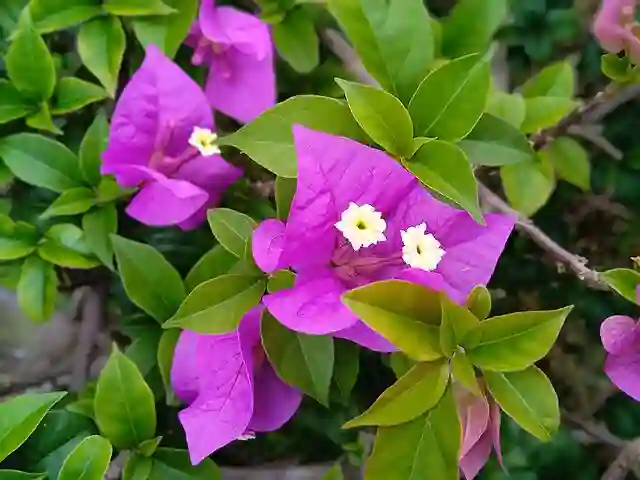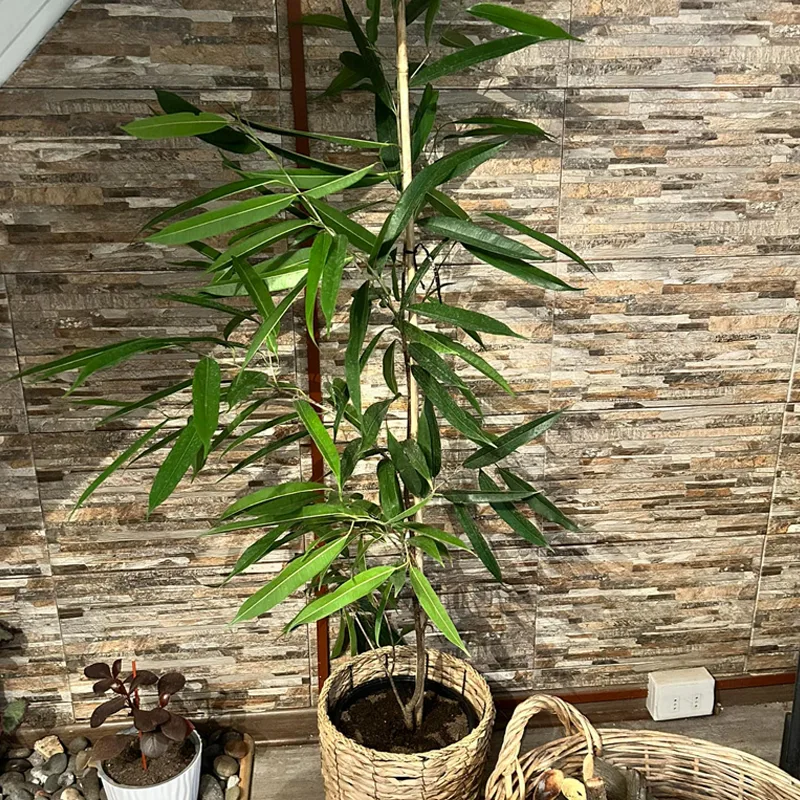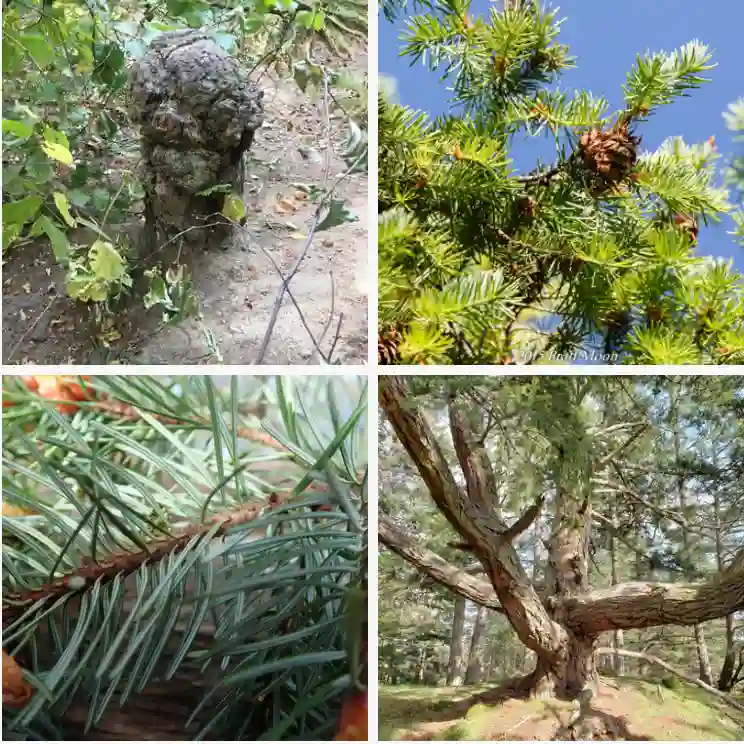FAQs About Ludwigia Octovalvis: Everything You Need to Know
Ludwigia Octovalvis is a fascinating aquatic plant that I’ve enjoyed growing and learning about over time. It has a unique charm with its slender stems and bright green leaves, making it a popular choice for aquariums and ponds alike. Through my experience with this plant, I’ve come across some frequently asked questions that others also have. Let’s dive into them!
89 Species in Genus Ludwigia
What Is Ludwigia Octovalvis?
Ludwigia Octovalvis, often referred to as water primrose, is a semi-aquatic plant that can thrive both submerged in water or partially above water. It’s native to various parts of the world, including North and South America, Africa, and Asia, giving it a broad environmental adaptability. The plant is recognizable by its upright growth habit, long stems, and narrow, lance-shaped leaves that are often light green, though they can develop reddish hues in certain lighting conditions.
How to Care for Ludwigia Octovalvis?
Caring for Ludwigia Octovalvis is relatively simple. It’s a hardy plant that can thrive in a wide range of water conditions, making it ideal for beginners or those looking for a low-maintenance option for their aquarium or pond.
- Light: This plant thrives in moderate to high lighting. While it can survive in low light, the leaves tend to remain greener under stronger light and may even develop a reddish tint in high light environments.
- Water: Ludwigia Octovalvis can grow in submerged or emersed conditions. It adapts well to both still water and slow-moving streams. Maintaining a water temperature between 70°F and 82°F is ideal.
- Substrate: A nutrient-rich substrate helps Ludwigia Octovalvis grow more robustly, though it can still manage in less ideal conditions. It benefits from additional fertilization, especially when grown in aquariums with nutrient-poor substrates.
- CO2: While CO2 supplementation isn’t strictly necessary, it can enhance growth and encourage more vibrant coloration in the leaves.
How to Propagate Ludwigia Octovalvis?
Propagating Ludwigia Octovalvis is straightforward, which is one of the reasons I love working with it. The easiest way to propagate this plant is through cuttings. Simply snip a healthy stem just below a leaf node and plant it in the substrate. Roots will develop at the node, and in a few weeks, you’ll have a new plant.
If growing in an emersed state, the plant may also produce seeds, though cuttings are the faster and more reliable method.
What to Plant With Ludwigia Octovalvis?
Ludwigia Octovalvis pairs well with other aquatic plants that thrive in similar conditions. I’ve had success planting it alongside species like:
- Anubias: With its broader, darker leaves, Anubias creates a lovely contrast to Ludwigia’s narrower, lighter foliage.
- Java Fern: Another hardy plant that does well in a wide range of conditions and looks great next to Ludwigia Octovalvis.
- Cryptocoryne: Their varying leaf shapes and colors complement the structure of Ludwigia and create a balanced aquascape.
- Vallisneria: A tall, grass-like plant that helps fill out the background in aquariums, blending well with the upright growth of Ludwigia.
Is Ludwigia Octovalvis Toxic?
From my experience and research, Ludwigia Octovalvis is not known to be toxic to fish, invertebrates, or humans. It’s safe for use in aquariums and ponds, making it a stress-free option if you have a mixed tank with fish, shrimp, or snails.
What Are the Benefits of Ludwigia Octovalvis?
Ludwigia Octovalvis offers several benefits beyond its aesthetic appeal. For one, it helps oxygenate the water, which benefits fish and other aquatic life. Additionally, it provides shelter for small fish and invertebrates, making it a functional as well as a decorative addition to any water feature. In outdoor ponds, its emergent form can attract pollinators like bees and butterflies, adding an ecological benefit to the plant.
Common Problems with Ludwigia Octovalvis
While Ludwigia Octovalvis is generally easy to care for, I’ve encountered a few common problems that are worth noting:
- Algae growth: If lighting is too strong or the plant is left in stagnant water, algae can become an issue. Proper water circulation and regular maintenance can help prevent this.
- Leggy growth: In low-light conditions, Ludwigia Octovalvis may become leggy, with more distance between leaf nodes. To combat this, increase the lighting intensity or trim the plant regularly.
- Yellowing leaves: This can be a sign of nutrient deficiency, especially if grown in nutrient-poor substrates. Supplementing with fertilizers can often resolve this issue.
Compare Ludwigia Octovalvis with Similar Plants
Ludwigia Octovalvis is sometimes confused with Ludwigia Repens, another popular aquatic plant. While they share similarities, there are distinct differences. Ludwigia Repens has broader, rounder leaves and a more pronounced red coloration in high light. In contrast, Ludwigia Octovalvis has narrower leaves and may not turn as red, remaining green or lightly tinted even in bright light. Both plants are easy to care for and propagate, but Ludwigia Octovalvis can grow taller, making it a better choice for mid-to-background placement in aquariums.
Does Ludwigia Octovalvis Have Any Invasive Properties?
In certain regions, especially in warmer climates, Ludwigia Octovalvis can become invasive if not managed properly. It can spread quickly in outdoor ponds or natural waterways, so it’s important to monitor its growth and prevent it from escaping into native ecosystems.
Conclusion
Ludwigia Octovalvis has proven to be a versatile and beautiful addition to my aquascapes. Whether you’re a beginner or an experienced aquarist, it’s a plant that rewards you with easy care and propagation, as well as stunning visual effects when paired with other plants. Just be mindful of its growth in outdoor settings to prevent it from becoming invasive, and you’ll enjoy this plant’s many benefits for years to come.
If i die, water my plants!



